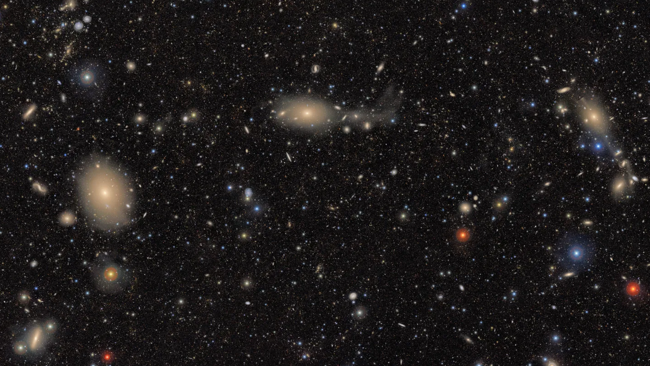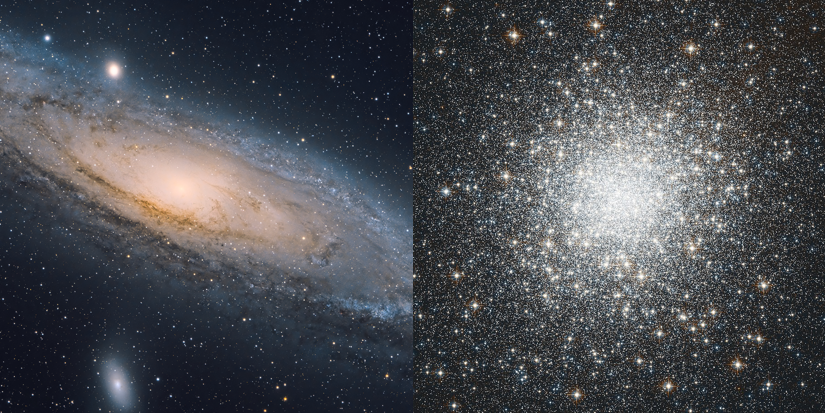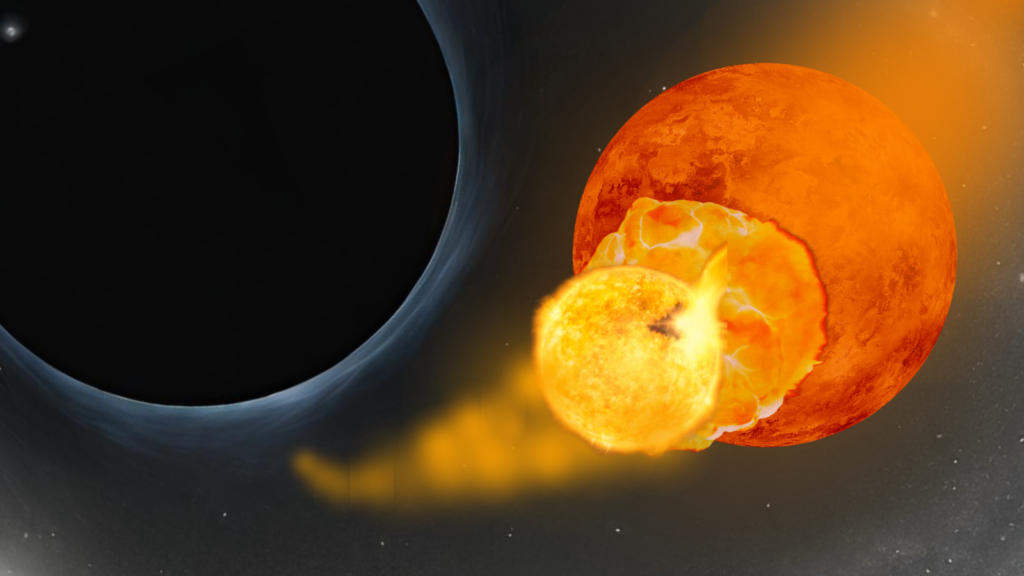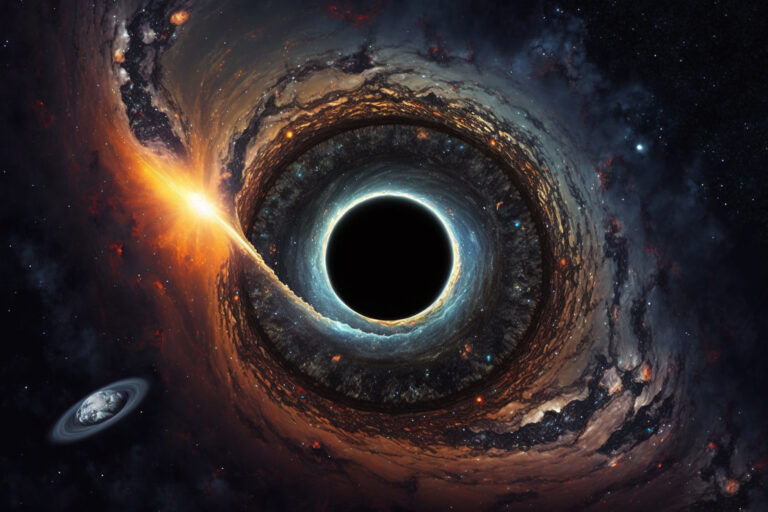
Humanity has long dreamed of reaching the stars, from early mythologies to modern science fiction. The vastness of the cosmos inspires us to seek interstellar exploration, yet the harsh realities of physics, technology, and biology impose nearly insurmountable limitations. Despite our ambitions, it is likely that humanity will remain confined to our solar system indefinitely. Here’s why.
You May Also Like
- First Images From The Vera C. Rubin Observatory
- What Effects Do Solar Flares Have On Our Power Grids?
- What’s the Difference Between a Galaxy and a Globular Cluster?
- Are Black Holes Eternal? The Strange Fate of the Universe’s Darkest Objects
- Cannibal stars at the heart of the Milky Way stay young in a gruesome way
- Multi-Particle Entanglement Is A Complex World
The Immense Distances Between Stars
The universe is vast beyond imagination. The closest star system, Alpha Centauri, is about 4.37 light-years away. That’s nearly 25 trillion miles. Even with our fastest spacecraft today, it would take tens of thousands of years to reach it. While speculative technologies like nuclear propulsion, antimatter drives, or even warp drives are discussed, none are close to feasible. The sheer distances involved make practical interstellar travel extraordinarily difficult.
The Energy Requirements Are Astronomical
Traveling to another star at even a fraction of the speed of light requires immense amounts of energy. For example, accelerating a spacecraft to 10% of light speed would require energy equivalent to the entire world’s annual energy consumption many times over. Fusion or antimatter propulsion could theoretically help, but harnessing and controlling such energies safely remains far beyond our current capabilities.
Time Constraints and Human Biology
Never Miss A Story
Even if a spaceship could travel at a significant fraction of light speed, interstellar travel poses major challenges for human biology. Long-duration space travel exposes astronauts to cosmic radiation, muscle atrophy, and psychological stress from isolation. Generational ships—where travelers reproduce over centuries-long journeys—introduce ethical and logistical challenges, including inbreeding, social instability, and resource management.
Communication Becomes Impractical
If humans ever did reach another star system, maintaining communication with Earth would be nearly impossible. Even at the speed of light, messages to a colony in the Alpha Centauri system would take over four years to arrive. Coordinating governance, emergency responses, or scientific collaboration across such distances would be incredibly inefficient, limiting our ability to function as a civilization across multiple star systems.
Terraforming and Habitability Issues
Even if we could reach an exoplanet, making it habitable is another major obstacle. Most exoplanets are inhospitable due to extreme temperatures, radiation, or lack of an atmosphere. Terraforming a planet would require technology far beyond our current capabilities, taking thousands of years to complete—if it is even possible. Meanwhile, space habitats (such as O’Neill cylinders) require immense resources and constant maintenance.
The Fermi Paradox and Existential Risks
If interstellar travel were easy, we might expect to see evidence of alien civilizations. The Fermi Paradox—why we haven’t encountered extraterrestrial intelligence—suggests that either interstellar expansion is prohibitively difficult or civilizations tend to self-destruct before achieving it. Given the existential risks of war, artificial intelligence, or environmental collapse, humanity may never get the chance to leave our solar system.
Conclusion: A Solar System Civilization
While interstellar dreams persist, practical limitations suggest we will remain bound to our solar system. Instead, we may focus on colonizing the Moon, Mars, and other celestial bodies within our reach. A thriving civilization across our solar system—utilizing asteroid resources, advanced space stations, and planetary colonies—may be our best and only option for long-term survival.
For now, the stars remain beyond our grasp, and perhaps they always will.
What’s New?
- First Images From The Vera C. Rubin Observatory

- What Effects Do Solar Flares Have On Our Power Grids?

- What’s the Difference Between a Galaxy and a Globular Cluster?

- Are Black Holes Eternal? The Strange Fate of the Universe’s Darkest Objects

- Cannibal stars at the heart of the Milky Way stay young in a gruesome way

- Multi-Particle Entanglement Is A Complex World


